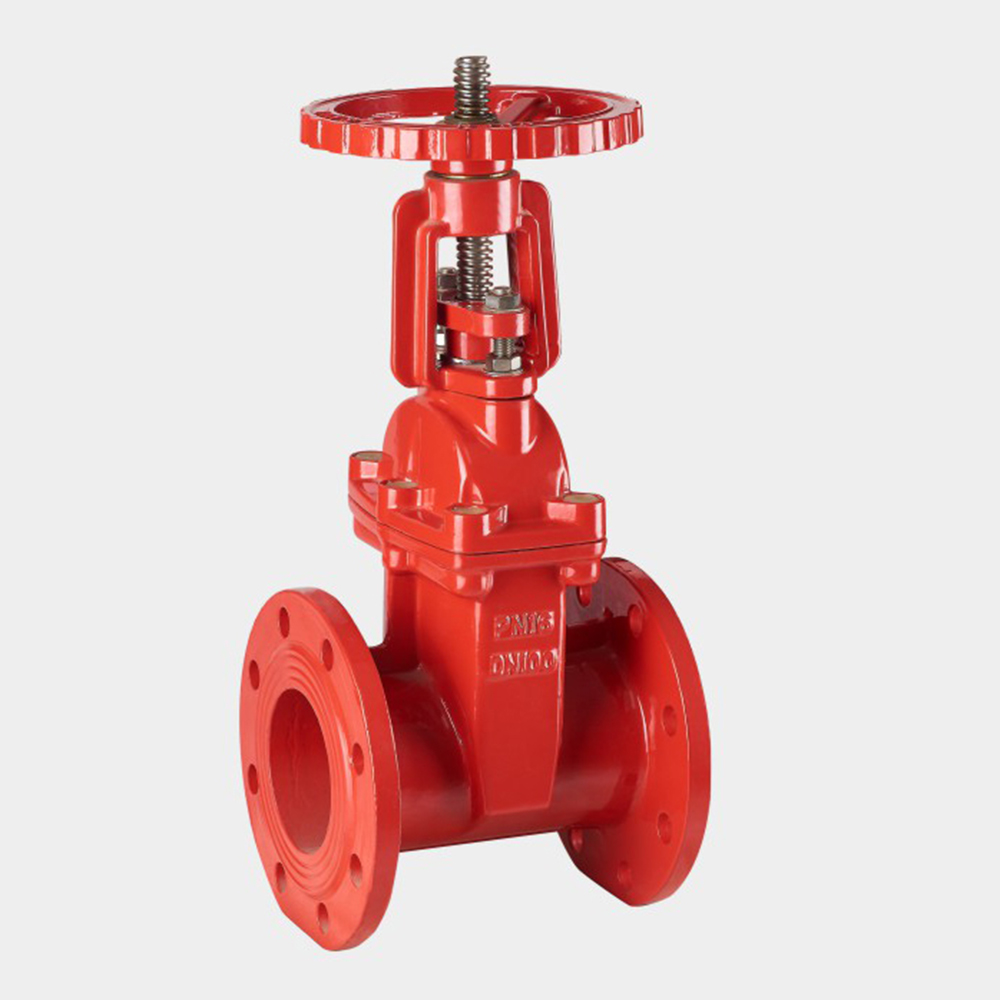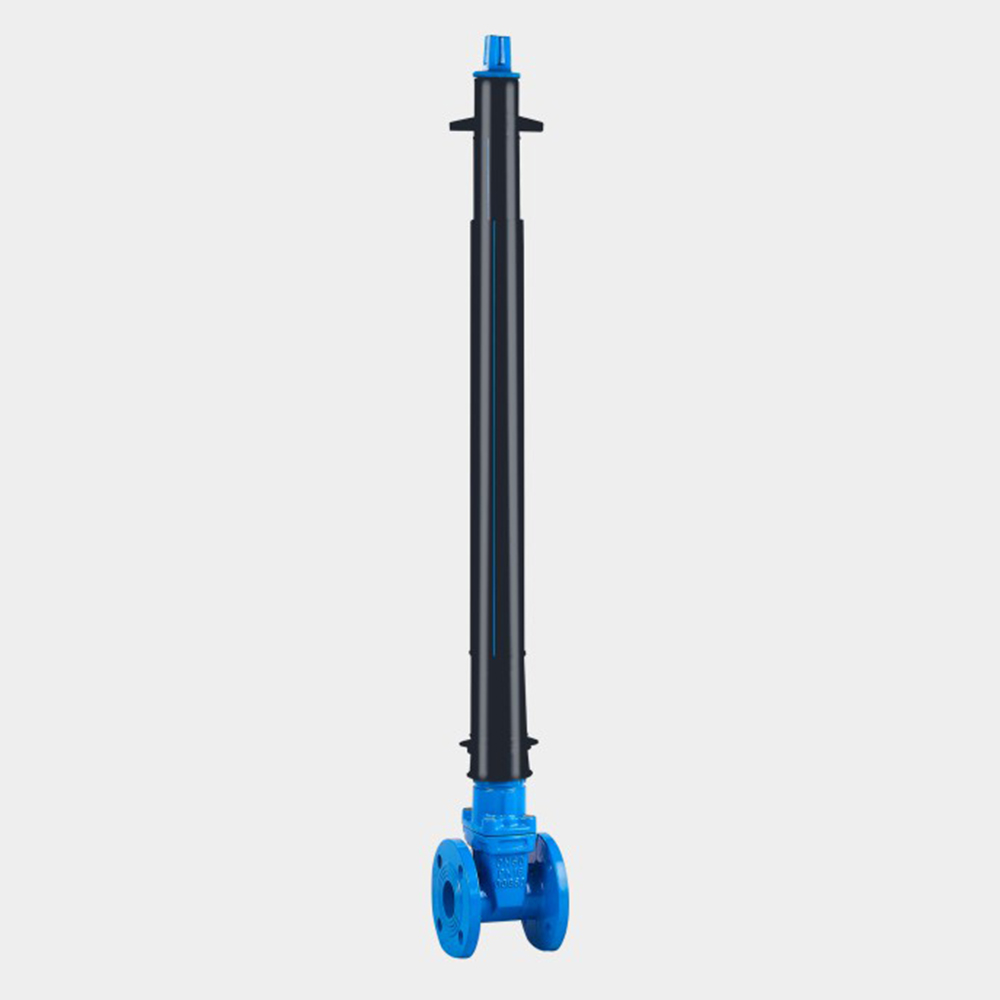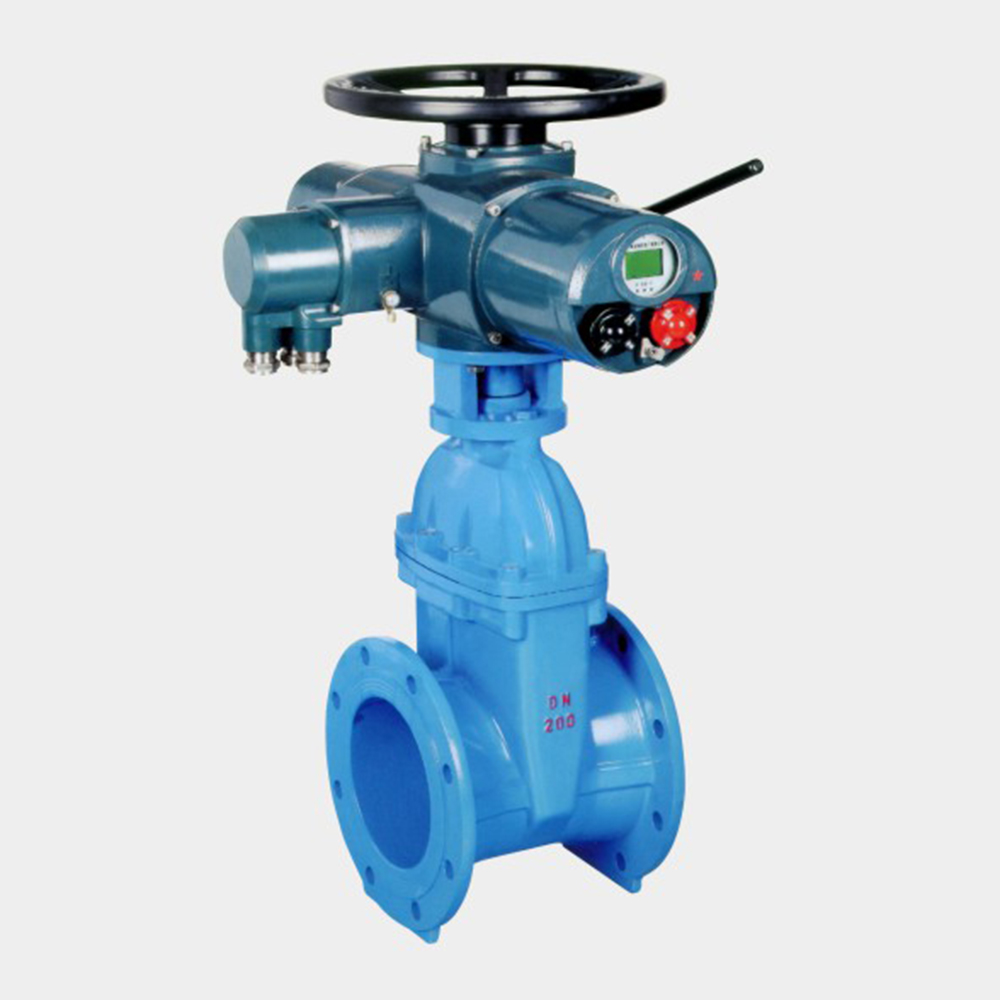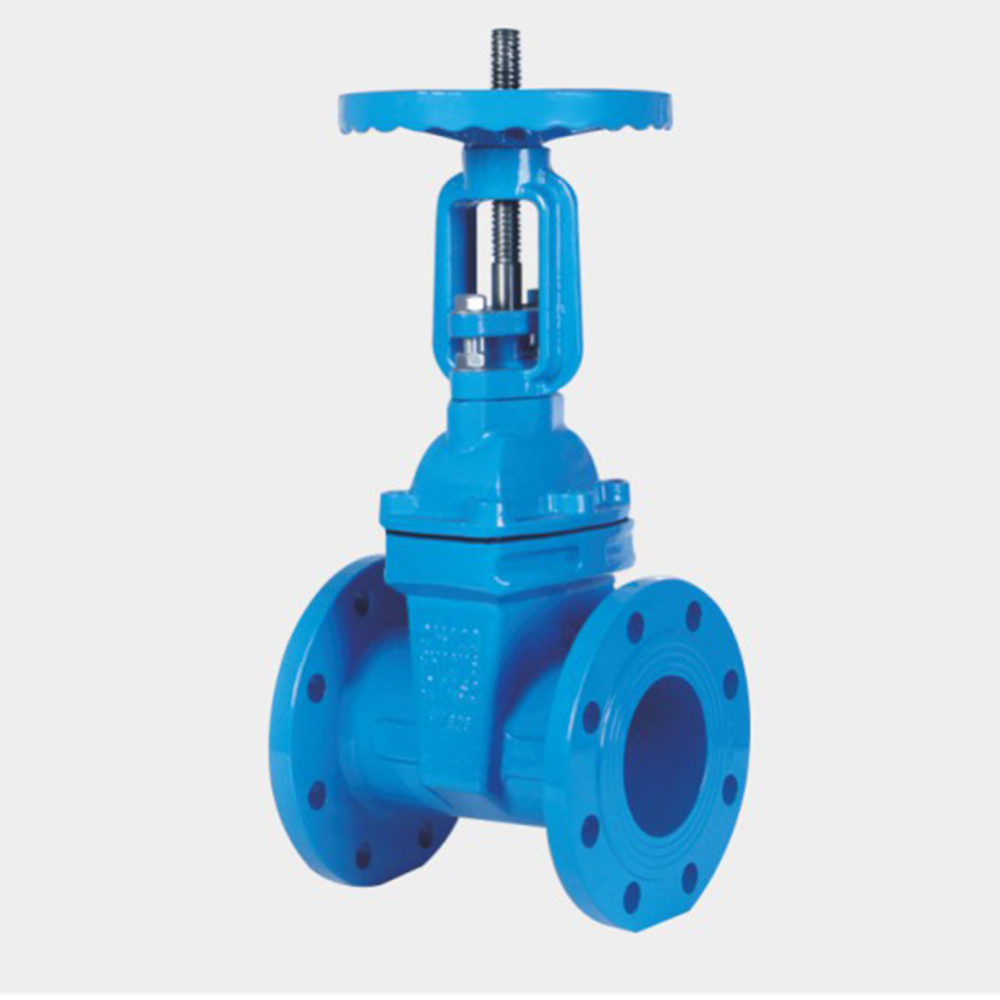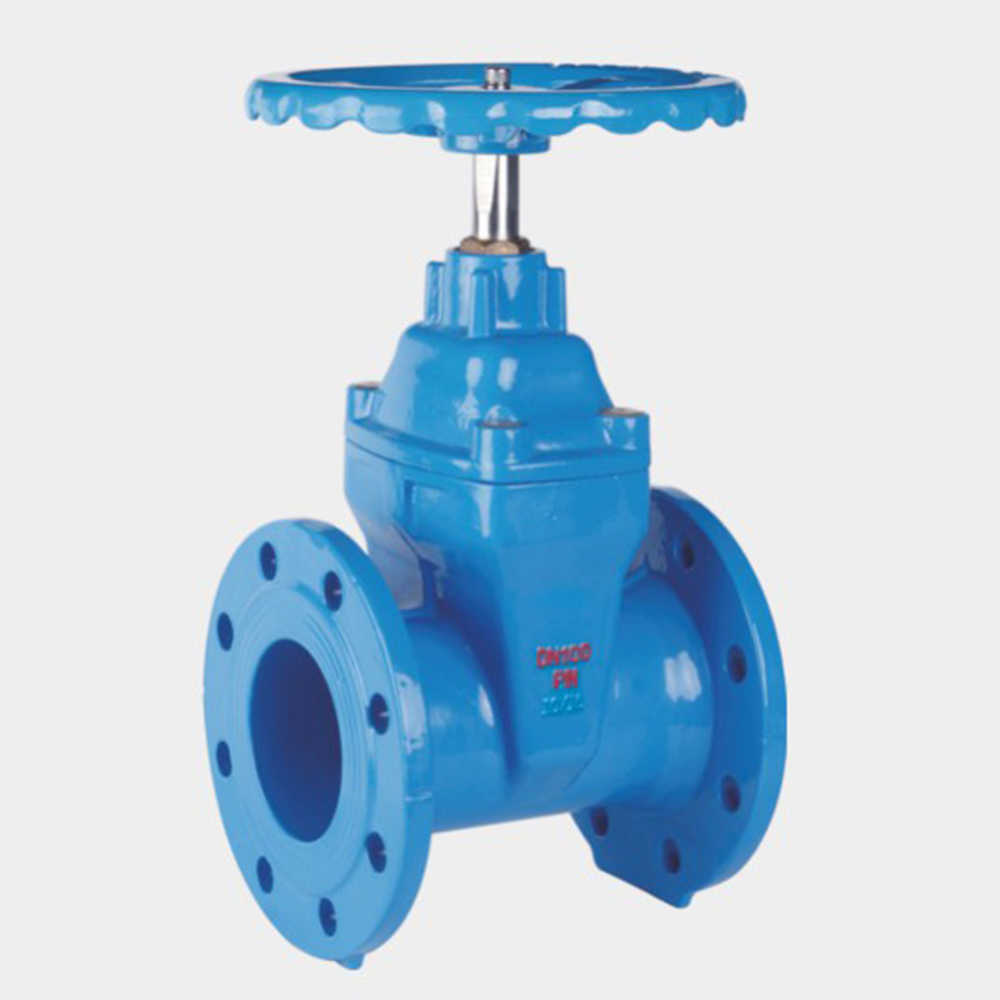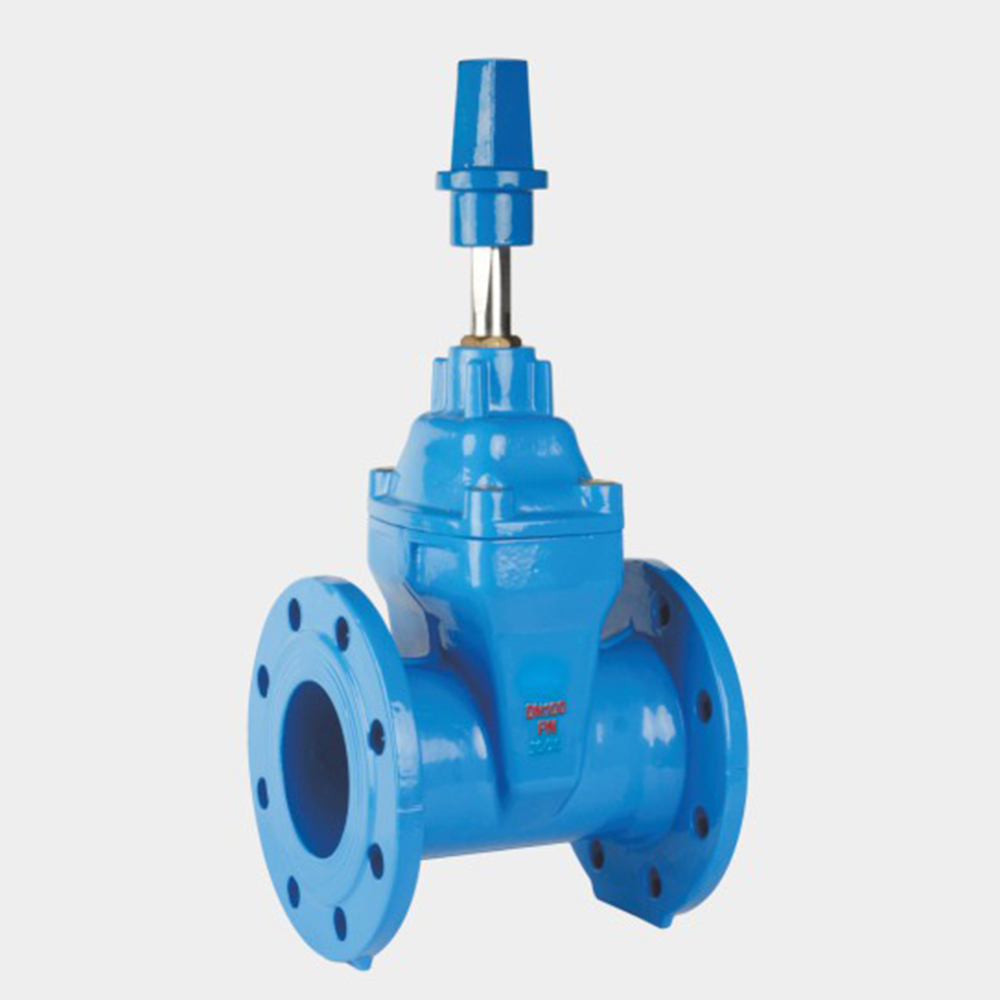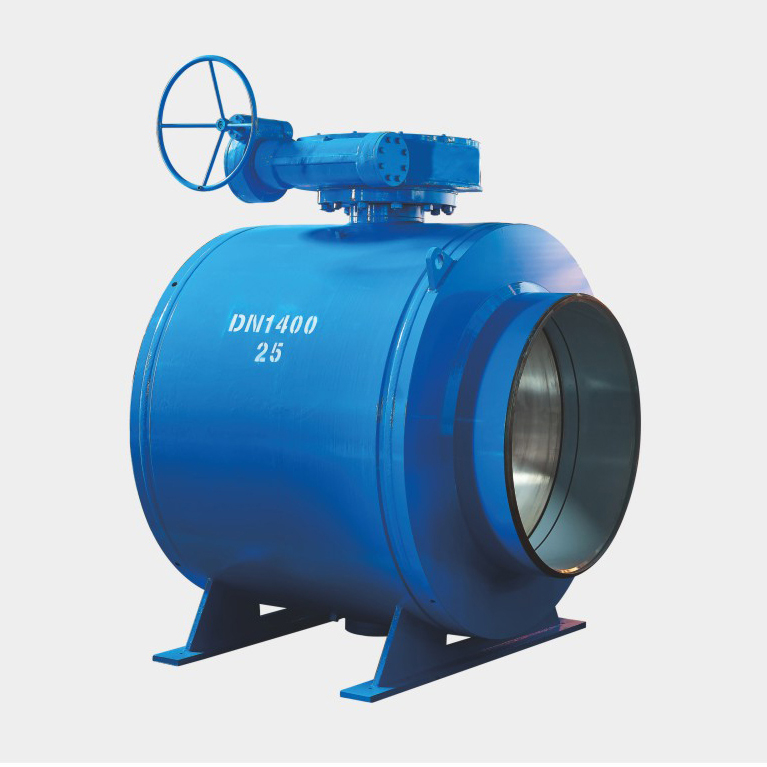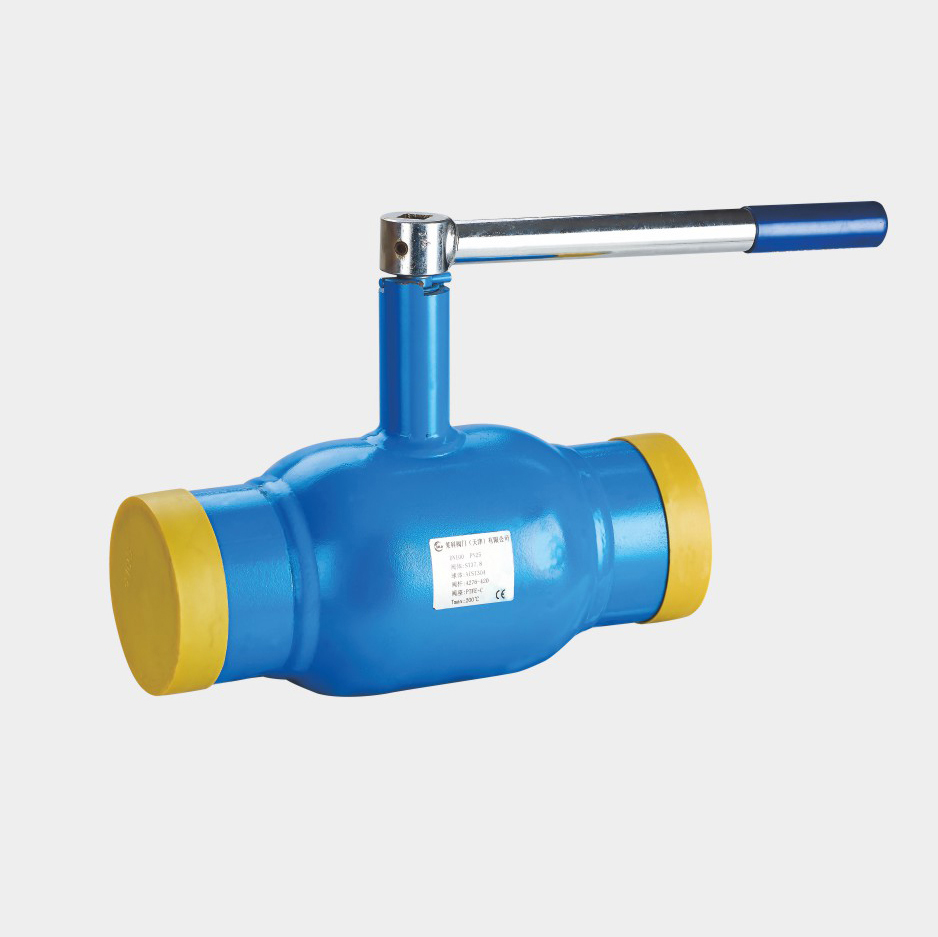0102030405
pneumatic actuated flange butterfly valve
2021-05-13
Didier Vassal, Vice President of Victaulic OEM and Marine Services, compared flanged and grooved pipe connection methods and explained the advantages that grooved pipe joints provide over flanges. Efficient piping systems are essential for a range of services required on ships, including auxiliary systems such as bilge and ballast systems, sea and fresh water cooling, lubricating oil, fire protection and deck cleaning. For these systems permitted by the piping grade, an effective alternative to the use of welded mechanical connections is to use slotted mechanical joints, which provide a series of technical, economic and practical advantages. These include enhanced performance; faster and simpler installation and maintenance, and reduced airborne weight. Performance issues In flanged pipe joints, two mating flanges are bolted together and the gasket is compressed to form a seal. As the bolts and nuts of the flange joint absorb and compensate the system force, over time, due to pressure fluctuations, system working pressure, vibration, and thermal expansion and contraction, the bolts and nuts may stretch and lose their original tightness . When these bolts undergo torque relaxation, the gasket will lose its compression seal, which will cause varying degrees of leakage. Depending on the location and function of the piping system, leaks can cause high costs and dangers, leading to maintenance/repair downtime and risk. After removing the joint, the gasket will need to be replaced because the gasket will stick to the flange surface for a period of time. When disassembling the joint, the gaskets need to be scraped off the two flange surfaces, and these surfaces need to be cleaned before replacing the gaskets, which increases maintenance downtime. Due to the bolt force and the expansion and contraction of the system, the flange gasket will also produce compression "deformation" over time, which is another cause of leakage. The design of the grooved mechanical pipe joint overcomes these performance problems. First, a groove is formed at the end of the pipe, and the pipe connection is fixed by a coupling that accommodates an elastic, pressure-responsive elastomer gasket. The coupling housing completely surrounds the gasket, strengthening the seal and fixing it in place, because the coupling engages and forms a reliable interlock in the pipe groove. The latest connection technology enables pipes up to 24 inches (600 mm) in diameter to be fully assembled with only two nuts and bolts to secure self-constraining joints. Due to the design relationship between the tube, gasket, and housing, the mechanical joint creates a triple seal, which is enhanced when the system is pressurized. Rigid and Flexible Couplings Slotted mechanical pipe couplings are available in rigid and flexible forms, both of which have been approved by the classification society, and can be used in place of the welding/flange method in 30 systems, but must comply with each Installation standards established by a certification body. Rigid couplings are used, for example, around areas such as manifolds and valves, and they are easier to access and replace than flanges. According to the nature of its design, rigid couplings also provide axial and radial stiffness comparable to flanges or welded joints. Flexible couplings have advantages in applications. In addition to pipe movement due to thermal expansion or vibration, relative movement between the pipe and the supporting structure is also expected. Expansion and contraction put pressure on flanges and pipes, which can damage the gasket over time. When this happens, the joints are in danger of leaking. The grooved flexible coupling can accommodate pipe displacement in the form of axial movement or angular deflection. Therefore, they are ideal for installing long pipelines, especially between large blocks where oceanic atmosphere can cause flanges to loosen over time, leading to leakage and the risk of pipeline separation. Rigid couplings and flexible couplings also have the advantage of reducing noise and vibration, thereby eliminating the need for special noise reduction components and perishable rubber bellows or similar items. The use of mechanical slotted piping systems can speed up and simplify installation and maintenance, and increase the efficiency of the on-board piping system. Easy to install When installing for the first time, the bolt holes of the flange must be accurately aligned, and then tightened to fix the joint. The bolt hole indexes on the equipment inlet and outlet must also be perfectly aligned with the flanges on the pipes to be connected to the equipment. In the case of one of the multiple fixed positions determined only by the number of holes on the flange, only the fitting or valve can be rotated to match the bolt holes. In addition, the other end of the flange pipe must also be aligned with its mating flange, which further increases the difficulty of assembly and the risk of misalignment. The grooved piping system does not have this problem, and can be installed more conveniently, and the pipe and mating components can be rotated in full 360 degrees. There is no need to arrange the bolt hole pattern, and the coupling can be oriented at any position around the joint. The coupling can rotate around the pipe to easily access the bolts and simplify access to the equipment. In addition to eliminating misalignment during the installation process, the 360-degree orientation function of the coupling and the smaller profile compared to the flange make the installation of the groove system an ideal choice for narrow spaces. In addition, the installer can align all the assembly bolts on each joint to the same position to simplify system inspection and maintenance. The flange is approximately twice the outer diameter of the pipe to which it is connected. On average, grooved couplings are only half of this size. The size advantage of the smaller design makes it an ideal choice for trough systems, suitable for work with limited space, such as the penetration of decks and walls. This fact can be traced back to the 1930s, when Victaulic couplings were first used in British shipyards. Assembly speed Because the coupling has fewer bolts and the torque requirement does not exceed 12 inches (300 mm), the installation of grooved pipes is much faster than flange installation. Unlike flanges that must be welded to the pipe ends, grooved valve components do not require welding, which further reduces installation time, eliminates potential thermal damage to the valve, and reduces safety risks by eliminating high-temperature operations. A comparison of DIN 150 ballast lines installed using Victaulic grooved products with traditional connection methods shows that the total installation time required has been reduced by 66% (150.47 man-hours and 443.16 man-hours). Compared with the installation of 60 rigid couplings, the time required to install 52 slide-in flanges, welding elbows and tees has the largest difference. The coupling requires only two bolts to reach a pipe size of 24 inches (600 mm). For comparison, in the larger size range, the flange requires at least 20 sets of nuts and bolts. In addition, the flange requires the use of a time-consuming star wrench to be tightened with a special wrench to measure and ensure that the correct torque specification is reached. The grooved tube technology allows the use of standard hand tools to assemble the coupling, and once the mating bolt pad of the coupling housing touches the metal to metal, the joint can be properly installed. Simple visual inspection can confirm correct assembly. On the other hand, flanges do not provide visual confirmation: the only way to ensure proper assembly is to fill and pressurize the system, check for leaks and re-tighten the joints as needed. Maintainability The grooved piping system has the same characteristics of accelerated installation-fewer bolts and no torque requirements-and also makes system maintenance or changes a quick and simple task. To access the pump or valve, for example, loosen the two bolts of the coupling and remove the housing and gasket from the joint. In the flange system, multiple bolts need to be removed. When reinstalling the flange, the same time-consuming bolt tightening procedure must be performed during the initial installation. Because there is no need to re-tighten, the coupling saves a lot of routine maintenance work related to flanges. Unlike flanges where variable stresses are applied to washers, nuts and bolts, couplings hold the washers from the outside of the pipe joint with precise compression forces. In addition, since the coupling gasket does not bear high pressure, it is not necessary to replace it according to the regular maintenance schedule, and the flange gasket needs to be replaced when the system is disassembled for maintenance. In order to reduce the noise and vibration of the system, the flange system needs to use rubber bellows or braided hoses. These items may fail due to overstretching, and under normal wear and tear, they need to be replaced on average every 10 years, which can lead to costs and system downtime. However, pipe joints with mechanical grooves can extend the life of the system. They have the ability to adapt to system vibrations and reduce the risk of joint failure without the need for special products that require regular maintenance or replacement. The elastic spring washers contained in the flexible and rigid couplings are very durable and can withstand large working pressures and periodic loads. The system can be pressurized and decompressed repeatedly without fatigue of the elastomer gasket. Lightweight valve components are usually composed of flange components. However, this connection method adds unnecessary weight to the piping system. A 6-inch (150 mm) flange valve assembly consists of a lug butterfly valve. The butterfly valve is connected to a welded neck flange, and eight bolts and nuts are connected to each side of the valve, weighing about 85 pounds. A 6-inch (150 mm) valve assembly uses a butterfly valve with a grooved end, a pipe with a grooved end, and two rigid couplings to connect these components. The weight is about 35 pounds, which is 58% lighter than the flanged assembly. . Therefore, the grooved valve assembly is an ideal choice for the shipbuilding industry. When using Victaulic grooved products instead of the traditional connection method, the above comparison of the installed DIN 150 ballast line shows a weight reduction of 30% (2,164 pounds vs. 3,115 pounds). 52 sliding flanges, bolt sets and washers, while 60 rigid couplings account for a lot of weight in the welding/flange system. On pipelines of various sizes, the weight can be reduced by using grooved pipe joints instead of flanges. The magnitude of the reduction depends on the pipe diameter and the type of joints used. In a test using a Victaulic Style 77 coupling (the heaviest coupling in the range) to connect the pipe, the total installation of the grooved assembly compared to two lighter weight PN10 slide-in flanges The weight is significantly lower. The weight loss is recorded as follows: 4 inches (100 mm)-67%; 12 inches (300 mm)-54%; 20 inches (500 mm)-60.5%. The use of lighter flexible type 75 or rigid type 07 couplings and/or heavier flanges can easily achieve a 70% weight reduction. For example, the 24-inch (600 mm) flange kit used in the TG2 system weighs 507 pounds, while similar components using Victaulic connectors weigh only 88 pounds. On the selected system, the shipyard, which uses grooved connections in preference to flanges, reduced the weight on the offshore support vessels by 12 tons and on the cruise ships by 44 tons. The economic benefits of slotting technology to shipowners are obvious: reducing weight means increasing the number of cargo or passengers and reducing fuel consumption. This also makes the handling of the ship’s piping system easier. The evolving trend Grooved piping systems have greater advantages over flanged piping systems due to their installation speed, maintainability and reduced weight. These features, coupled with other advantages such as reliability, easy alignment and lower safety risks, have prompted ship owners, engineers and shipyards to choose slotted mechanical systems instead of flanges. The growing trend in the use of groove technology is supported by equipment suppliers (such as heat exchangers, box coolers and coolers) as well as valve and compressor manufacturers, many of which now offer their products Provide grooved end connection. The range of services that can use grooved pipe joints is steadily increasing. With its successful application in water systems, Victaulic will continue its long history of innovation to develop fire-resistant gaskets and obtain type certification for their use in offshore fuel services. A group of shipping industry partners are jointly evaluating technical, financial and environmental potential... NovAtel, a part of the technology company Hexagon, has launched a new new GPS anti-jamming technology (GAJT) device under highly aggravated conditions. Hurtigruten Group stated that the green upgrade of its entire Hurtigruten Norwegian coastal express fleet-including batteries... The German government said on Monday that the warship industry needs more cooperation and mergers. The Dutch government has approved a consortium, including oil giants Royal Dutch Shell and Exxon Mobil about US$2 billion... In any offshore energy project, the safety of workers, buildings, equipment and the environment is of paramount importance. In the March/April print edition... The Canadian government promised on Thursday that it would build two Arctic icebreakers and create hundreds of jobs in both politics. Foss Maritime’s latest ship will be the first American flag port tug to integrate autonomous systems into a real-world commercial vessel. Rescuers have begun to remove fuel from the fuel tank of a lift ship that the United States capsized in the Gulf of Mexico last month. "Maritime Journalist Electronic News" is the largest and most authoritative electronic news service in the maritime industry. It is sent to your email five times a week.

